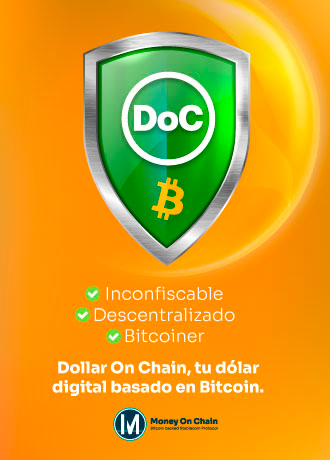Buenos Aires, agosto 2024 – Aleph sigue convocando a la comunidad a participar de actividades desafiantes y divertidas que contribuyan a fortalecer el lugar de liderazgo tecnológico, de innovación y emprendedurismo para el país. Del 23 al 25 de agosto, la pop-up-city invita a desarrolladores, diseñadores, criptógrafos, project managers, estudiantes y apasionados de blockchain a participar de Aleph Hackathon por un pool de más de U$S100k que se distribuyen entre los equipos ganadores de cada desafío.
Aleph Hackathon

Dónde y Como Inscribirse
El evento se llevará a cabo en Concepción Arenal 2989, Buenos Aires, Argentina y la inscripción puede realizarse hasta el miércoles 21 de agosto a las 18 h, a través de este link. 
Se espera que los participantes presenten soluciones innovadoras en diversas áreas tecnológicas. El hackathon también busca potenciar habilidades clave como la programación avanzada, pensamiento crítico, colaboración interdisciplinaria, y la capacidad de innovación y emprendimiento.
Otra búsqueda es descubrir y potenciar talentos emergentes, así como proporcionarles un espacio para exponer sus ideas frente a inversores y líderes de la industria. Con un pool de premios superior a los U$S100k, Aleph Hackathon busca atraer a los mejores talentos y asegurar que las ideas presentadas durante el evento puedan ser llevadas a la realidad.
Es por eso que Aleph Hachathon, además de una competencia, es también una oportunidad única para aprender, crecer y formar parte del movimiento de Crecimiento que busca transformar a Argentina en un hub global de innovación y tecnología.
Construir proyectos y colaborar con personas afines
Establecer redes con expertos de la industria
Impulsar el ecosistema de startups y emprendedores
Speakers & Jurado
Juan Benet, Protocol Labs
Manuel Aráoz, OpenZeppelin
Mariano Conti, Independiente
Daniel Marquez, Koyamaki Ventures
Martin Triay, OpenZeppelin, Decentraland y Starknet
Fabri Guespe, XMPT
Kun Peng, Stanford University
Matias Caricato Mountain Protocol
Entre otros…
Contacto Hackathon
Ante cualquier consulta contactar a Angela o Julieta: hackathon@crecimiento.build
Acerca de Aleph
Aleph es un evento de un mes de duración para aprendizaje, networking, mentorías, talleres, demos, y todo tipo de experiencias enfocadas en la industria blockchain. Esta iniciativa es organizada por la comunidad cripto Crecimiento. Fue declarada de interés científico, tecnológico y económico por la Ciudad Autónoma de Buenos Aires en el mes de julio de este año. Participan fundadores de startups de Argentina, de EEUU, Latinoamérica, España y Asia, profesionales, builders, inversores, desarrolladores y aficionados de la industria cripto. Este evento sin precedentes y único en el mundo se propone convertir a la Argentina en un centro de innovación tecnológica, construir startups y nuevos productos a partir de este espacio único de intercambios ilimitados entre todas las personas y empresas entusiastas del ecosistema.






